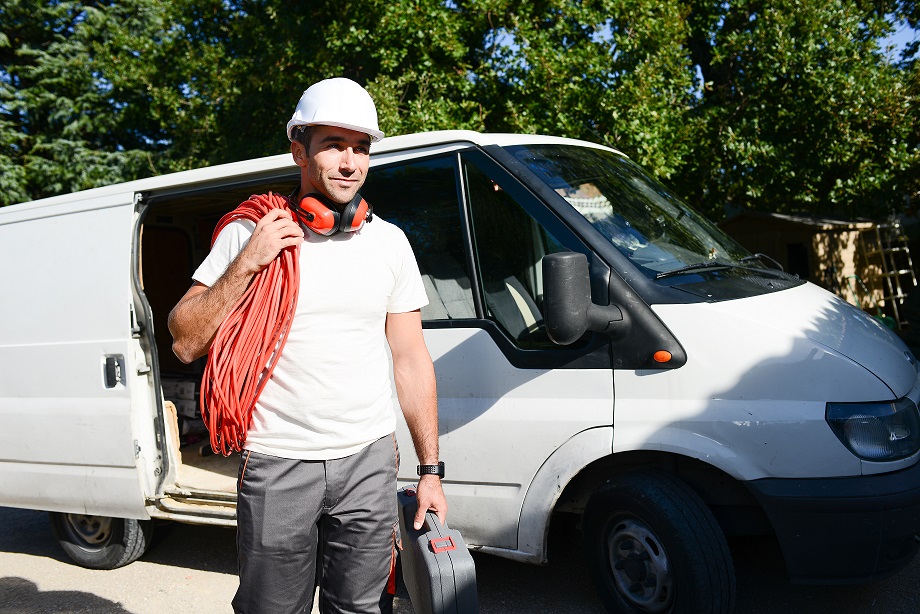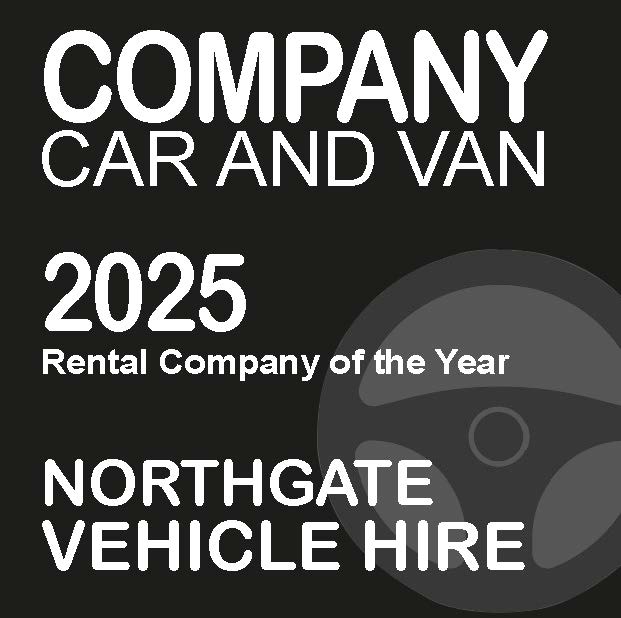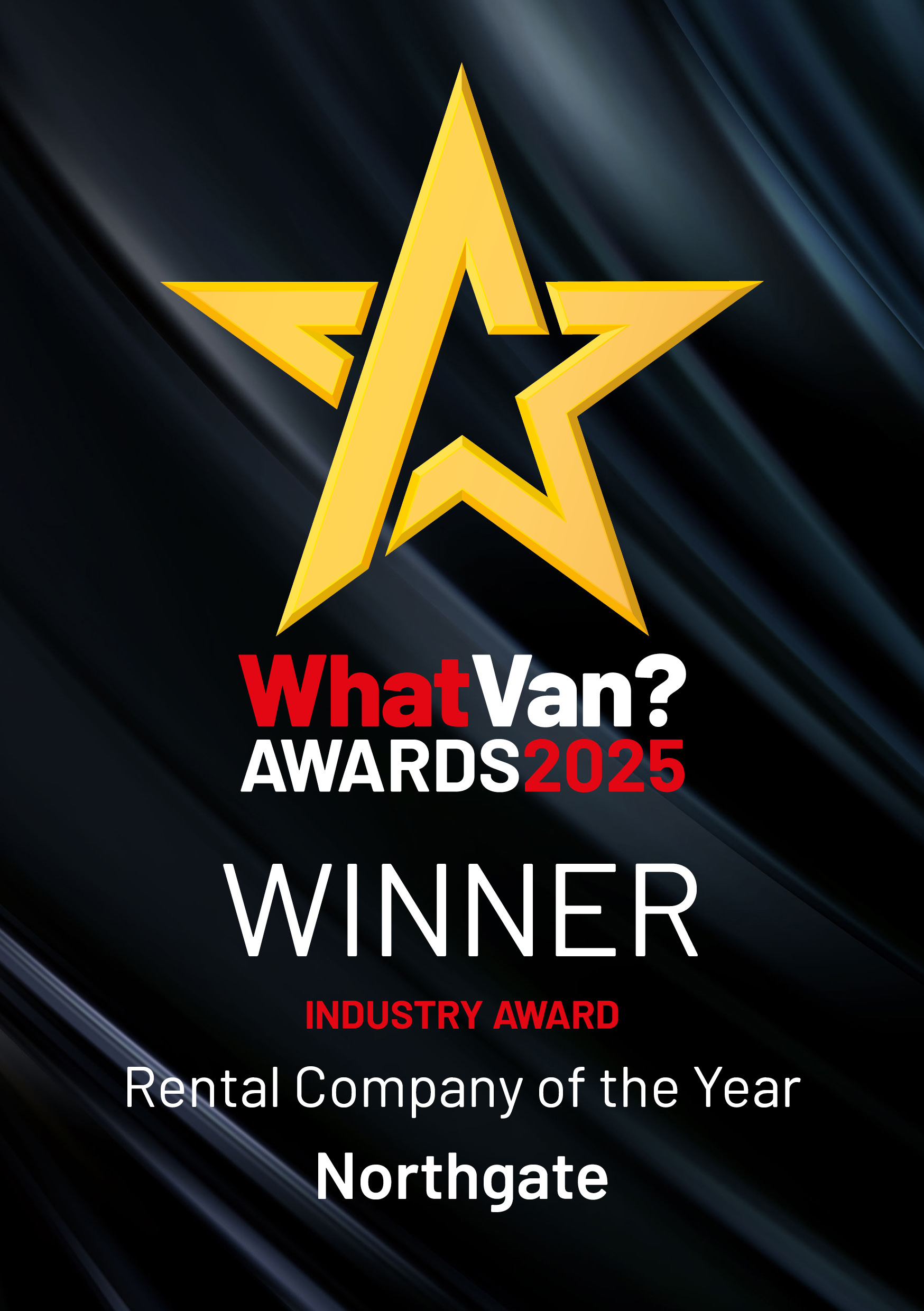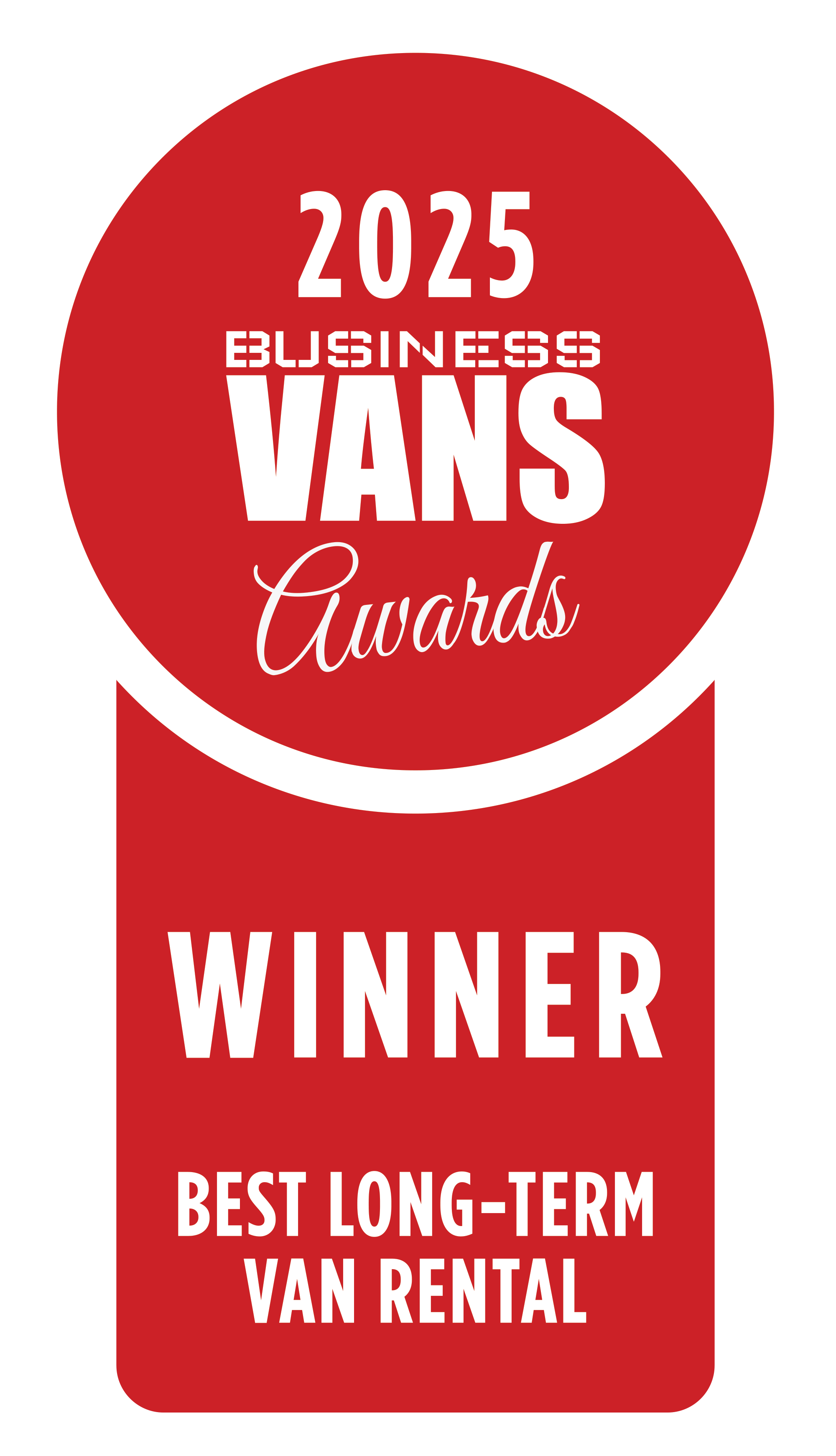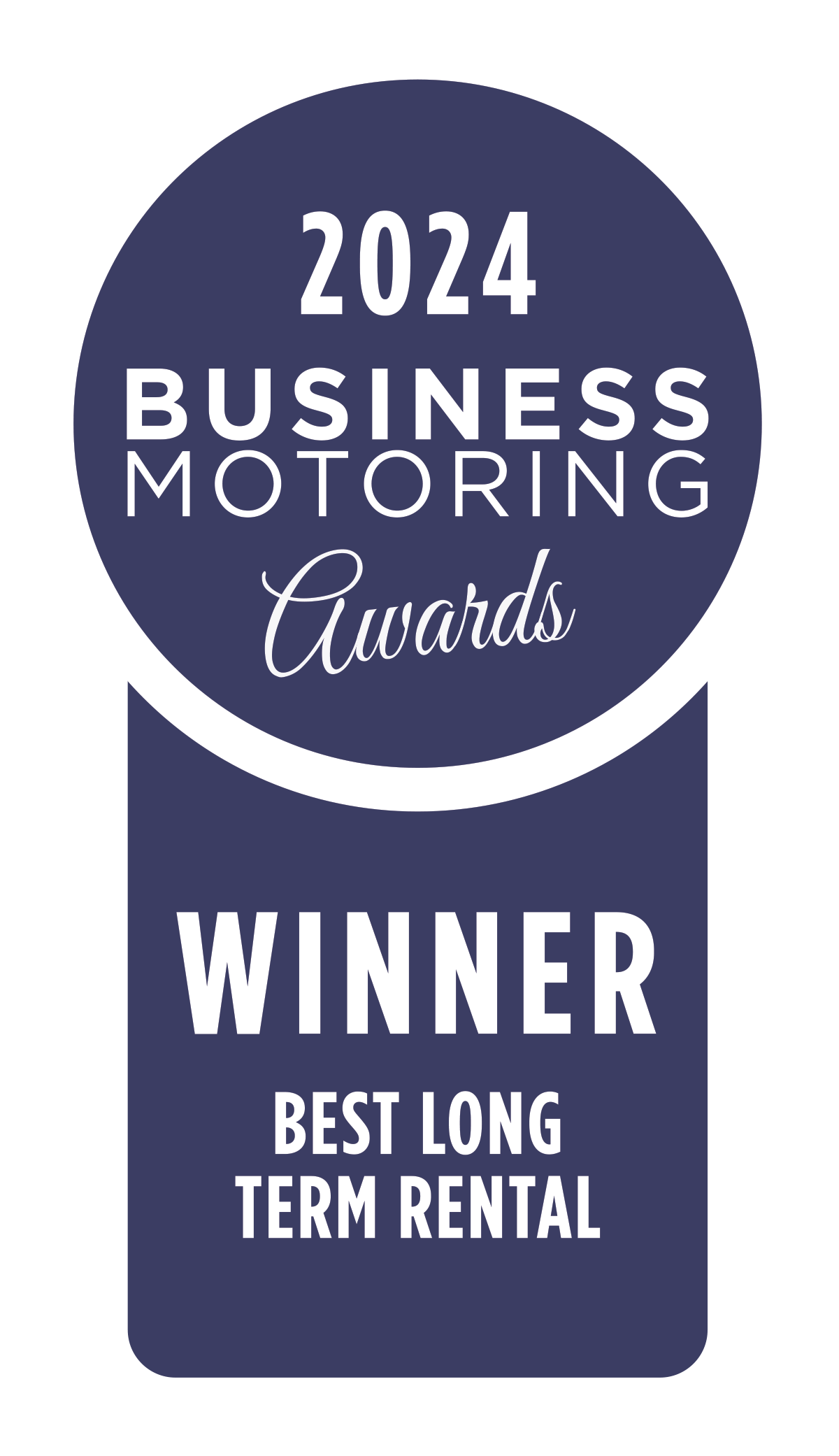Things to consider when you are deciding whether to buy or rent your business van
Choosing whether to buy or rent a commercial vehicle is an important decision, so we lay out the options and why you might choose one or the other here.
![]() 09/09/2019
09/09/2019![]() 10 minutes read
10 minutes read
Wondering how to get your business on the road or just reviewing your options? This guide looks at the costs and methods at each stage of a van’s life-cycle – all the way from acquiring your van to getting rid of it. Knowing what’s involved over a van’s life-cycle will help you work out its ‘true cost’. The ‘true cost’ of a van is something you can then use to more accurately compare ownership to hiring your van.
Getting your commercial vehicle (the start of the van’s life-cycle)
Capital Outlay
Many businesses feel that ownership brings increased control. And the truth is, it does. However, ownership is not without its challenges, and it’s these challenges which can spiral out of control. One reason for this is that purchasing a vehicle requires capital outlay. The amount of capital outlay depends on the type of vehicle, how old it is and whether you need to use a business loan. Because of the capital outlay, funds are tied down in your vans and unable to be used for things like growing your business.
Age of vehicle
Older vehicles are generally cheaper, but they also tend to need more maintenance. It is also likely that an older van will not be as fuel-efficient as a newer one. Going for an older van because it’s cheaper could mean paying more over time. When you factor in the cost of maintenance and fuel efficiency, choosing a newer van could mean making some savings over time.
There’s also the fact that the appearance of a van will contribute to how your business is perceived. Old and tired vans will not impress customers or drivers as much as a van that is in pristine condition.
Customisation
When buying or hiring your van, these customisations could come at an additional cost:
- Ply lining
- Racking
- Roofing
- Livery
Maintaining your commercial vehicle (Middle of the life-cycle)
Overall costs of maintenance to your business will increase with fleet size. Servicing, tyre changes, and road tax are just some of the things to consider. Here are some costs of maintenance that can easily be overlooked.
Downtime
The cost of replacement vehicles, parts, labour, and the time it takes you to solve the issue can all add up. Stats from The Society of Motor Manufacturers and Traders, UK, show that the average age of scrapped vans is 12.6 years. Based on usage, many businesses will be incurring the costs of maintaining their vehicles and downtime which could cost your business hundreds of euros per day.
CVRT
All commercial vehicles require a valid Certificate of Roadworthiness. To obtain this your vehicle must pass the annual Commercial Vehicle Roadworthiness Test. Out of over 393,00 CVR tests for Light Commercial Vehicles conducted in 2018, there was a 41% failure rate. Older vans are generally more prone to faults.(Source: Society of the Irish Motor Industry)
The law and regulations on heavy payloads
Overloading causes strain on your vehicle and can increase the chances of breakage. This strain on your vehicle may not only result in higher maintenance, it is also likely to be against the law. Load security is covered specifically by Road Traffic legislation, which requires that loads carried by vehicles must be properly secured at all times. It is an offence for a vehicle to be overloaded or to discharge material onto the public road. Occupational Health and Safety legislation is also applicable to load security, under the Safety, Health and Welfare at Work Act 2005 (No.10 of 2005)
Failure to secure loads properly may result in financial losses due to damaged goods and vehicles, lost working time, clean-up costs and legal costs and fines.
You can easily avoid these penalties by choosing the right type and model of the vehicle for your needs. If it’s possible that your needs could change, the right hire option could give you the flexibility to change them.
Getting rid of your commercial vehicle (End of the life-cycle)
Depreciation
Upon leaving the forecourt, a new vehicle is liable for losing a portion of its value due to depreciation. Depreciation continues from that point at a rate of around 15.8% per year. If you own a vehicle and you are considering selling it, depreciation should be factored in to work out the return on your investment.
Method: Disposal of vehicles
The time it takes to get rid of your van can present its own challenges, particularly if staff costs are involved. As such, many businesses will choose the easy route to offloading their vehicles. The method you choose to dispose of your vehicle will affect your return.
For example, auctions are a common method for businesses looking to sell their vehicles, but it is unlikely to provide the best return
- Check out Northgate’s We Buy You Rent option:
- Or why not consider part exchange with Van Monster
Alternatives to ownership
Typical LCV Rental/Hire Contract
The costs can vary depending on the contract. Here are some examples of additional costs that may/may not be covered in your contract:
- Servicing and Maintenance
- Excess mileage. The exact amount will usually be in your contract and is often charged per kilometre.
- Early termination
- Damages to the vehicle – standards can be high. There should be a clear guide on ‘fair wear and tear’.
How Northgate can help?
We provide a number of hire options and services that could be the right fit for your business. After using the above guide to work out the ‘true cost’ of a van, you can work out whether hiring a van from Northgate is financially savvy for your business. Here are some of the advantages of hiring a van with Northgate:
- Single simple cost with everything included except insurance and fuel.
- Network of service centres to ensure that all vehicles are kept on the road.
- Reduced downtime with 24/7/365 breakdown cover included.
- Maintenance, servicing, CVRT and road tax included.
- Depending on a credit check, you might not have to pay a deposit.
- Vehicles are regularly refreshed.
- Monthly payments, so your capital won’t be tied down.
Summary
Working out the ‘true cost’ of a van will enable you to compare whether buying or hiring is better for your business. We’ve broken down all the above into three simple formulas to work out the costs of ownership.
- Cost of getting a commercial vehicle(s): Number of vehicles x (Capital Outlay + Age of vehicle + Fuel Efficiency + Customisations)
- Unpredictable costs of maintaining commercial vehicle(s):Number of vehicles x (Servicing/Maintenance + vehicle replacements + time)
- If you own a commercial vehicle(s), use this formula to work out the residual value of your vehicle more accurately: Number of vehicles x (Potential return – depreciation – method: disposal of vehicle)
If you’re looking to work out the costs of hiring a van, why not get in contact? One of our van experts can provide you with a quote for one simple cost with everything except insurance and fuel included.
